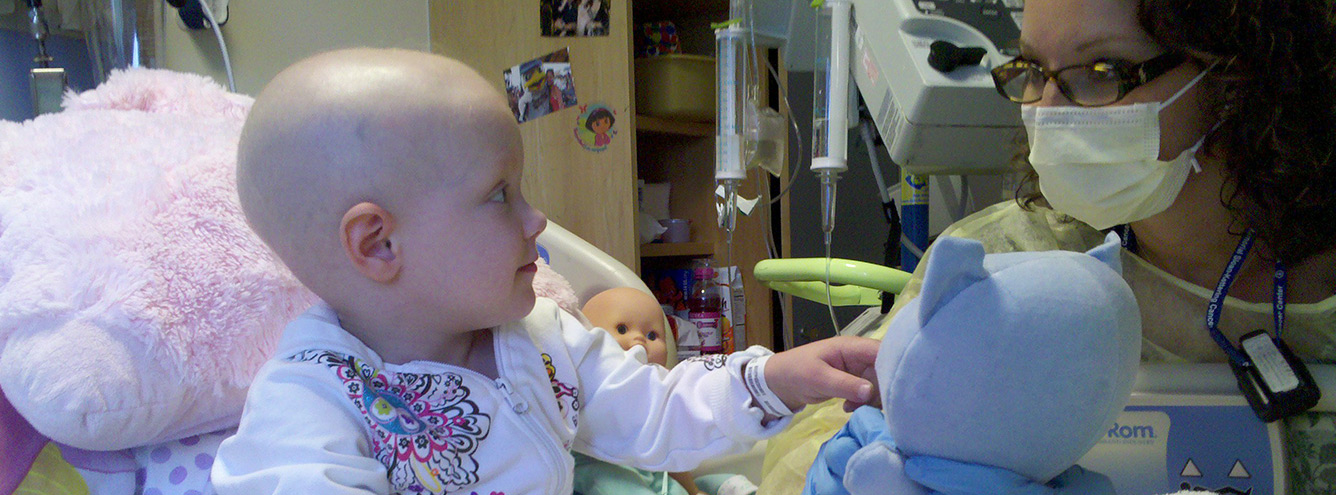Carriers of a constitutional RB1 mutation have a lifelong risk of developing another cancer.
Children treated with systemic chemotherapy or radiotherapy also have a higher risk of developing certain other cancers.
Understanding who is at risk, what to look out for and what to do if concerned about unexplained symptoms is very important. With knowledge, you can be a stronger advocate for effective life-long care.
RB1 Mutation Associated Risks
Carriers of a constitutional RB1 mutation are at risk for second primary cancers, even if they did not develop retinoblastoma.
Reported incidence of second cancers varies widely, but increases over time, rising to roughly 1 in 3 risk by age 50. People with a mosaic RB1 mutation have theoretically lower risk, as the mutation affects fewer cells throughout their body. Radiation increases risk, and is highest if radiotherapy was given before one year old.
Second primary cancers include common adult cancers such as lung, breast, and lymphoma. Common second primary cancers in RB1 mutation carriers, especially those treated with radiotherapy, are:
- Soft tissue sarcomas (cancers that develop in the muscle, tendons and ligaments, and fatty tissue).
- Osteosarcoma (a type of bone cancer).
- Cancers in the mouth or nose.
- Malignant Melanoma (a type of skin cancer).
- Brain tumours (glioblastoma multiforme, astrocytoma and meningioma).
Risk after Chemotherapy
Children treated with systemic etoposide have an increased risk of developing acute myeloid leukaemia (AML) or myelodysplastic syndrome (MDS). The risk is generally very low and decreases further after 2 years beyond treatment. Risk is higher when etoposide was given on more than 2 consecutive days.
Children treated with systemic carboplatin also have an increased risk of AML or MDS. The risk is significantly lower than etoposide associated risk, but remains present for a longer period of time.
Follow Up Care
Routine screening is not possible. For screening to be effective, the whole body would have to be scanned at least four times per year, and radiation exposure (CT, bone scan, x-ray) increases risk. Whole-body MRI is available at only a few highly specialized hospitals and is very expensive.
Parents and survivors should be aware of the risks and proactive in seeking care. Ask the doctor to investigate any unexplained symptoms that persist for more than two weeks. Early diagnosis of a second primary cancer has a better chance of cure.
Learn the Symptoms of Second Primary Cancers.
Reduce Risk
Eat a healthy balanced diet with plenty of fruit and vegetables.
Avoid further cancer risks such as smoking, second-hand smoke and excessive exposure to sun or chemicals like stains, dyes and insecticides.
Inform your doctor that you or your child carries a mutation in the RB1 tumour suppressor gene. If you require imaging tests, ask for MRI or ultrasound to limit radiation exposure. Women should request MRI or ultrasound rather than mammogram for breast screening.


